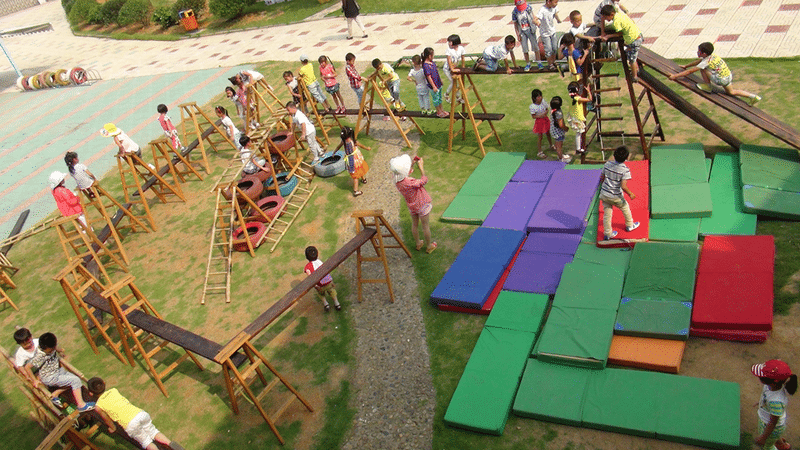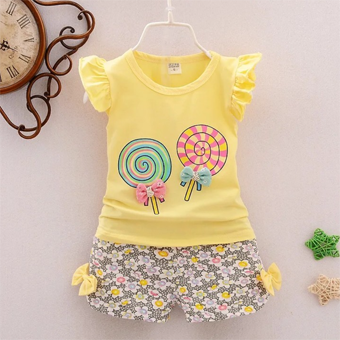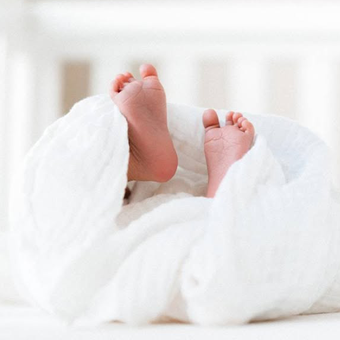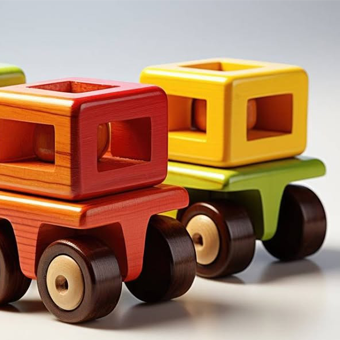Play and its surprises teach brains by fuelling reflective thinking

In China’s Zhejiang province, preschool children are constructing their own playground. With wood blocks, ladders, and planks, they are building a slide and a climbing frame. Experimenting with different angles, they try to figure out how a change in slope will affect their sliding experience. Wary of safety, some children hold the ladder when it wobbles. And they place mats beside the slide when they experiment with making its slope steeper.
Where are the teachers? Although they remain in the background, they have an important role: to be close and attentive observers who document the ongoing learning processes by taking pictures or videos. This documentation is later combined with drawings by the children expressing what they found interesting during the day so they can reflect together about the experience. Importantly, this practice is child directed, that is, it is driven by the children’s interests and fascinations.
Problems with reflective practices at school
This exercise in child agency – known as the progressive pedagogical approach “Anji Play” – highlights how children can learn about the world and test their capabilities in a self-directed manner. In doing so, the learners enhance their proficiency in a skill that is a central human challenge – understanding how to survive in an uncertain and often volatile world. The reflective practices aid in consolidating experiences and making sense of surprising events. Such skill development is helpful for children at any age.
“Reflection is triggered by an unusual or perplexing situation or experience . . . the element of surprise is of critical importance.”
Contrast these experiences to those in most schools, where reflective practices look very different. At a typical school, students are often bored by questioning at the end of an exercise which asks them to write what they have learned during the day. In our research, we find that such reflection prompts rarely lead the student to wonder about issues that have yet to be resolved. Instead of eliciting meaningful reflection, these prompts often result in a guessing game where students try to gauge what the teacher might want to hear from them. For many students, the word reflection becomes a term with negative associations.
“I really hate doing , they are boring, and usually formatted in an uncreative way,” explained one student. “And sometimes these are questions that are extremely hard to answer or formulated in a weird way. Too many questions!”
Reflection has become a key concept in formal education
Student antipathy to such “reflections” may seem ironic since reflection has become a cornerstone of education in the 21st century. Across the world, numerous commissions, organizations, and state educational boards have highlighted reflection as a standard and a skill toward which students, as well as teachers, should strive. Yet there is little agreement over what reflection really is and how best to facilitate it.
The scientific literature on reflection (and especially the work by Russell Rogers) offers a couple of key insights. It suggests that reflection is triggered by an unusual or perplexing situation or experience and requires active engagement on the part of the individual. It involves examining one’s responses, beliefs, and premises in light of the situation at hand and results in integrating the new understanding into one’s experience. We believe that the first of these insights – the element of surprise – is of critical importance.

Photo: caterooni. Creative Commons.
The brain as a prediction machine
In recent years, researchers in computational neuroscience have approached the question of how the brain works in new ways. They start with the premise that the brain is a prediction machine. An essential function of the brain is trying to predict the future – what will happen next. As the brain makes predictions about the world and takes note of whether these predictions match what actually happens, it gradually learns about the world, getting better at predicting it.
“We need to create opportunities for learners to be genuinely surprised . . . Play and open-ended activities are great ways to do this.”
This is where play and reflection come in. When children (and also adults) play, they experiment and test options at the edges of their knowledge. In doing so, the brain and play enhance proficiency in a skill that is a central human challenge – understanding how to survive in an uncertain and frequently volatile world. Being better at prediction means that we expend as little energy as possible trying to interpret a world that sends an exhausting stream of information to us. This is a central element of reflection: the conscious processing of surprise.
How can we use these insights to facilitate meaningful reflection? Our research offers five lessons:
1. Invite surprise into the classroom
If surprise elicits reflection, we need to create opportunities for learners to be genuinely surprised. This entails shifting agency toward the learner by designing learning environments that are open ended. Play and open-ended activities are great ways to do this because they allow for easy entry points to get started. They also provide an opportunity to reach sophisticated levels of complexity. For inspirations on how to begin, see Mitch Resnik’s book “Lifelong Kindergarten” and the Pedagogy of Play website.
2. Be clear about the purpose of reflection
Ask yourself why you want students to reflect in the first place. Are you trying to gain access to their thought processes or do you want students to consolidate their knowledge on a given subject matter? Remember that asking students to share their thinking with you will alter their reflective processes.
3. Think about reflection as an ongoing process
Surprises occur all the time, not just at the end of a lesson. Think about reflection throughout the learning process, not just as an exit-ticket exercise. To help students reflect in a more ongoing manner, at the beginning of class, you might ask students about what they already know and what their expectations are. This can also help make changes in their thinking visible and allow them to revisit their earlier assumptions later. The “I used to think – now I think” thinking routine, developed by Project Zero, is a useful exercise in this regard.
4. Recognize that students can reflect in more than one way
Reflection can be facilitated beyond language. Reflection exercises can also involve drawing or building things. Nonverbal reflection practices can support second-language learners, who may struggle with constructing the past, present, and future sentences needed to talk about changes in experiences.
5. Work with your learning community to define reflection
It is helpful to develop a shared understanding of reflection — and language around it — in your community. Consider the word ‘reflection’ as a group and make your individual and shared understandings visible. Remember that reflective practices, as well as play, are embedded in the larger cultural context. Norms of how, and what, we reflect upon are set by our local community. Bringing people – especially those from a diverse background – together in a shared understanding of reflection is a vital nurturing ground to develop meaningful reflective practices.
The Project Zero Thinking Routine Toolbox provides helpful starting points for facilitating such a conversation. For younger learners, be sure to look into the Teaching Tool “Cracking Open Words.”
The post Play and its surprises teach brains by fuelling reflective thinking appeared first on Child and Family Blog.
















Leave a comment